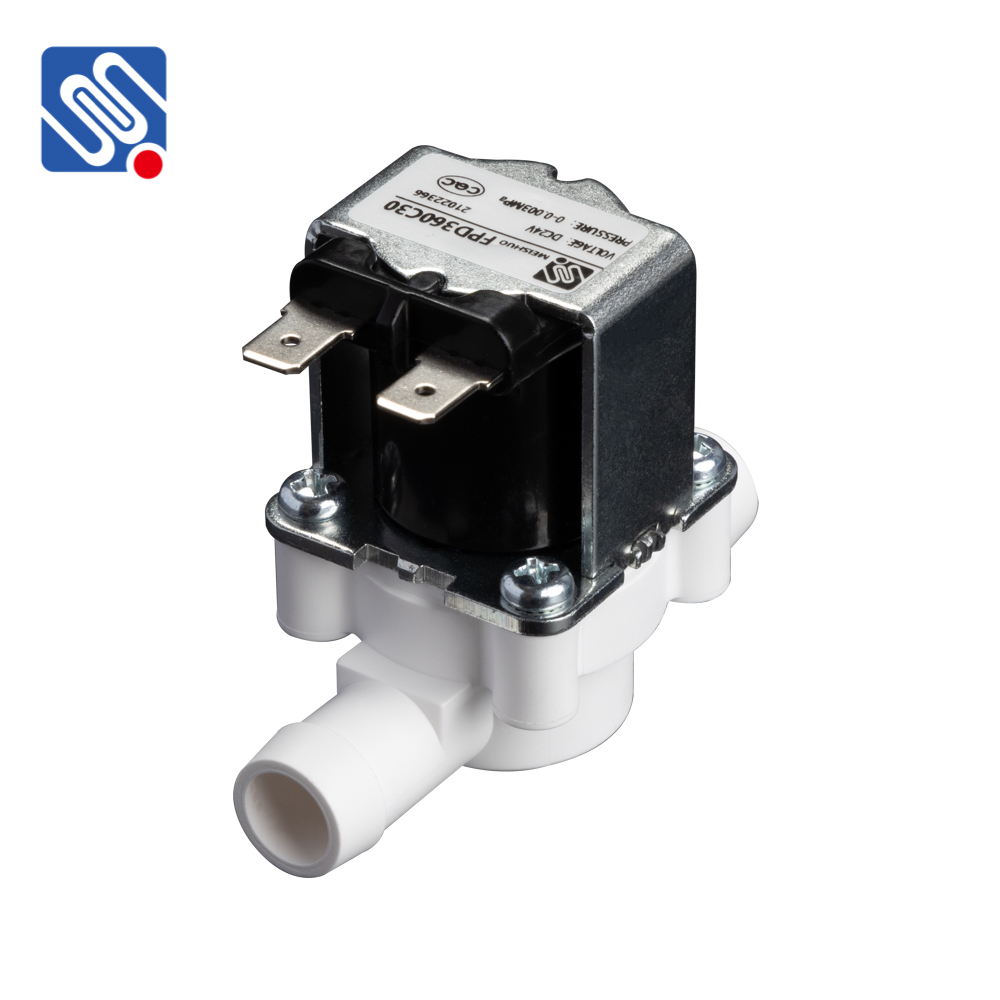A low voltage solenoid valve is a crucial component in modern automation systems, commonly used to control the flow of fluids in a variety of applications, including water, air, oil, and gas. These valves are designed to operate with lower electrical voltages, making them more energy-efficient and safe compared to traditional solenoid valves. This article explores the working principle, applications, benefits, and considerations when using low voltage solenoid valves.

What is a Low Voltage Solenoid Valve? A solenoid valve is an electromechanical valve used to control the flow of liquids or gases. The valve consists of a coil (solenoid) that, when energized, produces a magnetic field, triggering a mechanical movement that opens or closes the valve. Low voltage solenoid valves typically operate at voltages ranging from 12V to 24V DC or AC, as opposed to higher voltage models that may use 110V or 230V. The low voltage design offers significant advantages in terms of safety, efficiency, and flexibility in various systems. Working Principle of Low Voltage Solenoid Valve